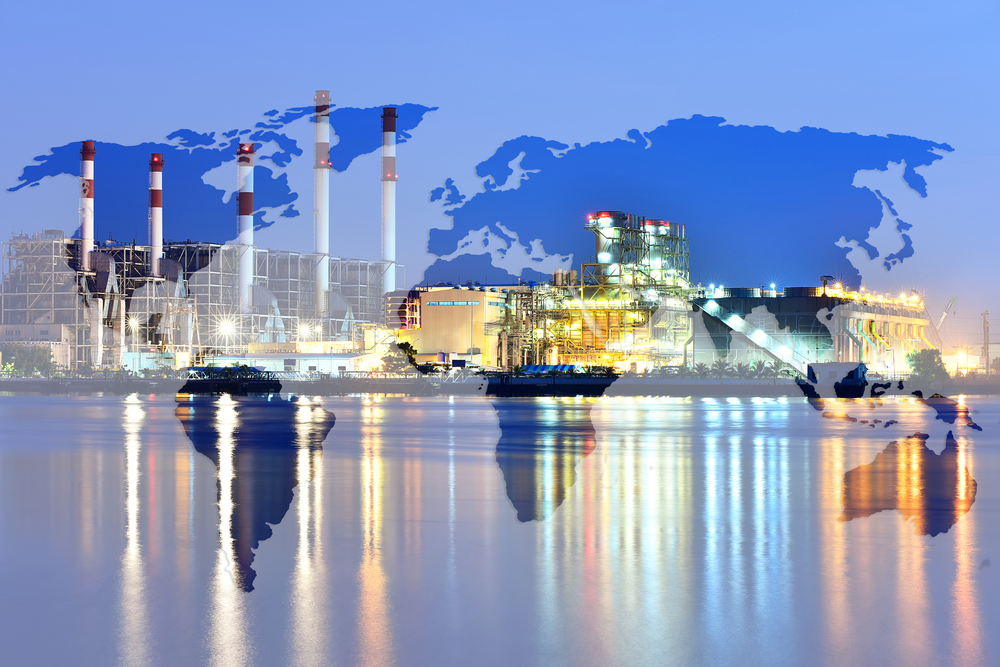According to a number of new reports released by Energy Networks Australia, decarbonising gas in Australia by 2050 would be achievable if hydrogen, biogas, and carbon capture and storage (CCS) is applied to Australia’s extensive gas network infrastructure.
Building on the landmark Gas Vision 2050, a new study by Deloitte Access Economics assesses how these technologies can be harnessed in Australia to meet its energy needs in a decarbonised future.
“Our nation’s gas networks are a colossal system, delivering just as much energy as the electricity network, and in some cases, such as Victoria, even more,” Energy Networks Australia CEO, Andrew Dillon, said.
“We know that there is significant potential across the country to apply the transformational technologies of biogas, hydrogen and CCS to existing networks to build and maintain a highly reliable energy system.
“The biogas potential around the country is substantial and it’s a solution we can’t afford to ignore.
“Biogas is already commercially competitive, but in Australia is mainly used to produce electricity. In the future, biogas could instead be injected into the grid as renewable gas.”
Mr Dillon said hydrogen production and storage could be a “game changer” as it becomes more cost efficient as the technology matures.
Australia’s Chief Scientist, Dr Alan Finkel, welcomed the report’s analysis of the role of hydrogen, saying hydrogen made using electricity from solar and wind farms could play a vital role in the nation’s future energy mix.
“The ever diminishing price of renewable electricity, and the likelihood that the price of electrolysis systems will fall as manufacturing volumes increase, suggests that the economic case for renewable hydrogen production and storage is sound,” Dr Finkel said.
The use of hydrogen in power-to-gas applications improves integration of renewables and creates opportunities for seasonal storage of energy in the gas grid.
The report identified regional opportunities across Australia to decarbonise the network.
Studies by the Energy Pipelines Cooperative Research Centre show that European gas networks successfully utilise injected hydrogen and that modern gas networks are suitable for hydrogen transportation.
“There is huge potential for renewable hydrogen to be used for industrial heating, space heating and cooking,” Dr Finkel said.
Mr Dillon said the majority of Australia’s gas distribution networks are compatible with hydrogen.
“With applied technology, our existing gas networks could deliver better outcomes for Australian households and businesses, the environment and the economy.
“Gas can widen a customer’s power options, improve and increase renewable generation, and potentially create new energy export markets.
“Emissions are low today compared to electricity, but a long-term decarbonisation pathway will allow future generations to benefit from this low cost, highly reliable delivery mechanism in a very low carbon world.
“We need governments to support the exploration of a broad range of options, including technology neutral policies that allow renewable gas to be injected into the network, encouraging more efficient use of biogas and other renewable gases.”
Industry is testing the impacts of injecting biogas and hydrogen into networks, with trials underway.
In 2018, Energy Networks Australia, CSIRO and industry partners will develop a national hydrogen roadmap to support a domestic hydrogen industry with export potential.
















